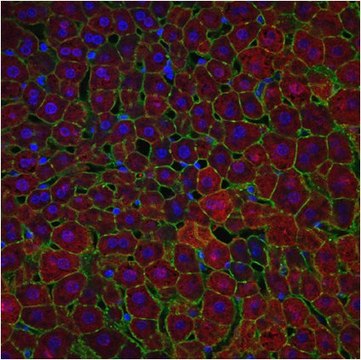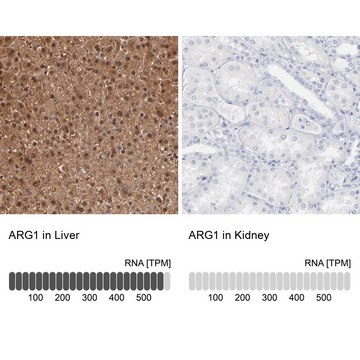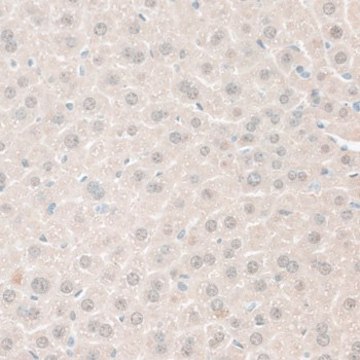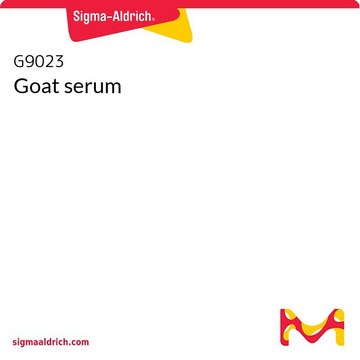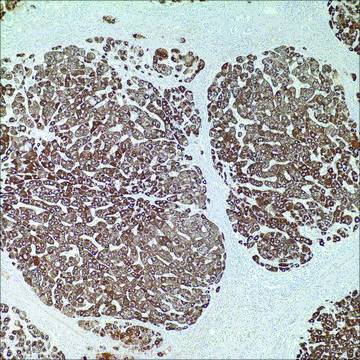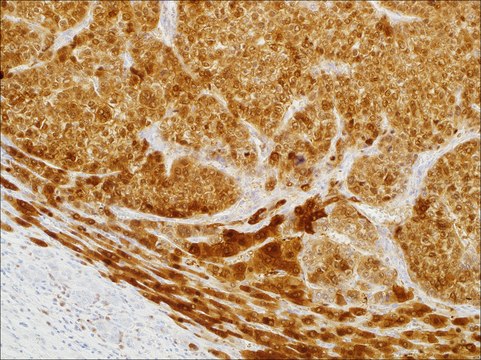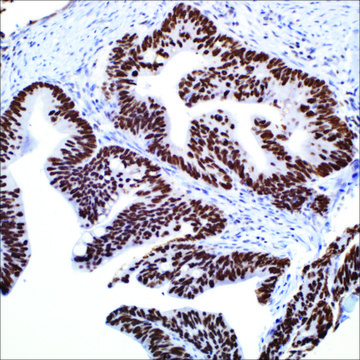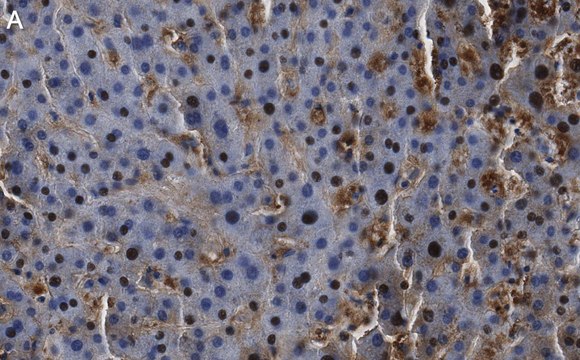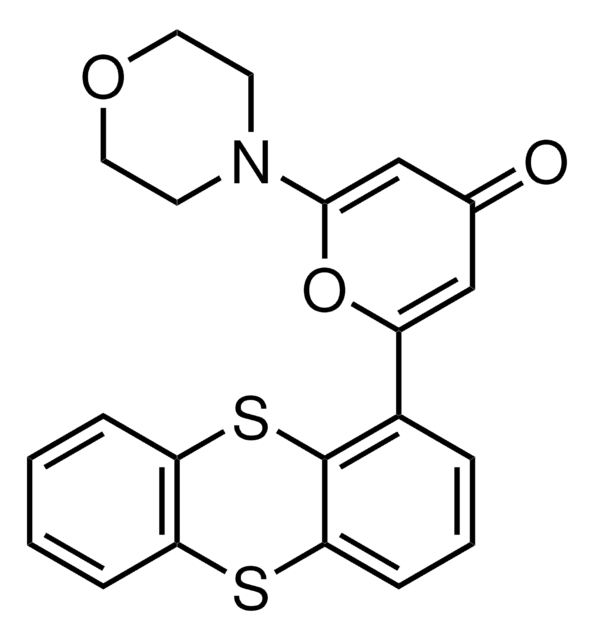推荐产品
生物来源
rabbit
质量水平
100
500
偶联物
unconjugated
抗体形式
culture supernatant
抗体产品类型
primary antibodies
克隆
SP156, monoclonal
描述
For In Vitro Diagnostic Use in Select Regions (See Chart)
表单
buffered aqueous solution
种属反应性
human
包装
vial of 0.1 mL concentrate (380R-14)
vial of 0.5 mL concentrate (380R-15)
bottle of 1.0 mL predilute (380R-17)
vial of 1.0 mL concentrate (380R-16)
bottle of 7.0 mL predilute (380R-18)
制造商/商品名称
Cell Marque®
技术
immunohistochemistry (formalin-fixed, paraffin-embedded sections): 1:25-1:100
同位素/亚型
IgG
控制
hepatocellular carcinoma, normal liver
运输
wet ice
储存温度
2-8°C
可视化
cytoplasmic, nuclear
基因信息
human ... ARG1(383)
一般描述
Arginase is a key metalloenzyme of the urea cycle responsible for the hydrolysis of L-arginine to L-ornithine and urea. Two main isoforms exist, arginase-1 and arginase-2, encoded by different genes and with different tissue distributions. The arginase-1 isoform is a cytosolic protein that is produced by normal liver tissue and is typically expressed in hepatocellular carcinoma. Arginase-1 (SP156) is used as an immunohistochemical marker to aid in the identification of hepatocellular carcinoma.
质量
 IVD |  IVD |  IVD |  RUO |
联系
Arginase-1 Positive Control Slides, Product No. 380S, are available for immunohistochemistry (formalin-fixed, paraffin-embedded sections).
外形
Solution in Tris Buffer, pH 7.3-7.7, with 1% BSA and <0.1% Sodium Azide
制备说明
Download the IFU specific to your product lot and formatNote: This requires a keycode which can be found on your packaging or product label.
其他说明
For Technical Service please contact: 800-665-7284 or email: service@cellmarque.com
法律信息
Cell Marque is a registered trademark of Merck KGaA, Darmstadt, Germany
未找到合适的产品?
试试我们的产品选型工具.
法规信息
监管及禁止进口产品
历史批次信息供参考:
分析证书(COA)
Lot/Batch Number
Benign and malignant tumors of the liver
Linda DF
Surgical Pathology of the GI Tract, Liver, Biliary Tract, and Pancreas, 2nd ed., 1291-1325 (2009)
H B el-Serag
Clinics in liver disease, 5(1), 87-107 (2001-02-24)
The epidemiology of hepatocellular carcinoma (HCC) is characterized by marked differences between genders, ethnic groups, and geographic regions. These variations are explained by the nature, frequency, and time of acquisition of the major risk factors for cirrhosis--namely hepatitis B virus
Z W Zhu et al.
Gut, 48(4), 558-564 (2001-03-15)
Hepatocellular carcinoma (HCC) is a common malignant tumour worldwide, and its differential diagnosis from benign lesions of the liver is often difficult yet of great clinical importance. In the present study, we analysed whether glypican-3 is useful in differentiating between
Ahmedin Jemal et al.
CA: a cancer journal for clinicians, 61(2), 69-90 (2011-02-08)
The global burden of cancer continues to increase largely because of the aging and growth of the world population alongside an increasing adoption of cancer-causing behaviors, particularly smoking, in economically developing countries. Based on the GLOBOCAN 2008 estimates, about 12.7
H Multhaupt et al.
Histochemistry, 87(5), 465-470 (1987-01-01)
Monoclonal antibodies against human liver arginase were raised in order to determine the exact distribution of arginase in human liver using a modified indirect unlabelled immunoperoxidase method. In normal human liver specific immunohistochemical staining was found in the cytoplasm of
我们的科学家团队拥有各种研究领域经验,包括生命科学、材料科学、化学合成、色谱、分析及许多其他领域.
联系技术服务部门